In the past 2 weeks, Cam Khe District Medical Center (Phu Tho) admitted 10 children with a diagnosis of impetigo. Most of the children treated themselves at home for many days without improvement before being admitted to the hospital.
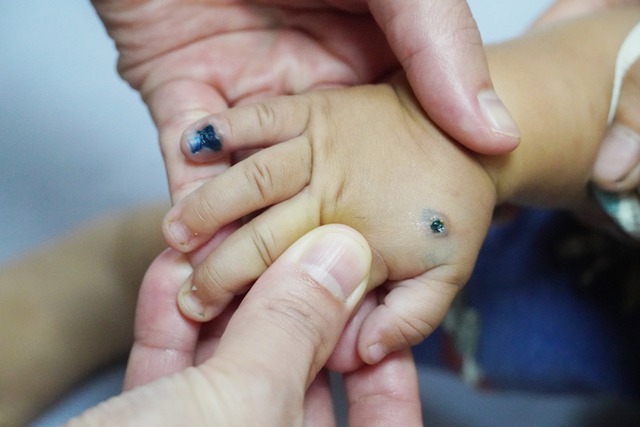
Impetigo is a skin infection caused by streptococcus, staphylococcus, or both. Photo: BVCC
Common symptoms in children with this disease are blisters and pustules on the skin all over the body, lesions are often concentrated on the head, face, neck and limbs.
A typical case is that of baby PBMQ, 27 months old: The baby was hospitalized with a high fever of 39 degrees Celsius, with typical infection syndrome, many skin scratches all over the body due to scratching; the head, ears and limbs had scattered blisters mixed with ruptured pus blisters that were oozing fluid, many pimples had crusted over, the lymph nodes in the neck and behind the ears were swollen and painful.
After 3 days of treatment, the child's fever was gone, the lesions on the child's skin were dry, and no new blisters or pustules appeared.
What is impetigo?
According to Dr. Truong Kim Thien - Head of Pediatrics Department (Cam Khe District Medical Center, Phu Tho ): Impetigo is a skin infection caused by streptococcus, staphylococcus or both, impetigo spreads from the affected skin to healthy skin, people in contact with the pus can get the disease. The disease usually starts with small blisters on an area of skin and then slowly spreads to the entire body, if treated and cared for properly, the disease will heal after 7-10 days and leave no scars.
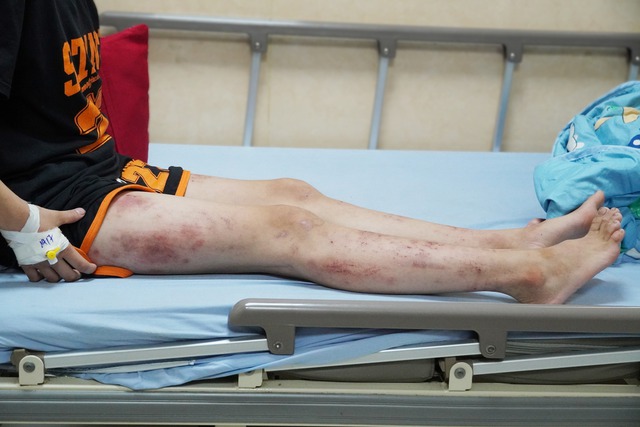
What to do when there are signs of impetigo?
To avoid worsening the symptoms of the disease, when detecting impetigo in children, parents need to do the following:
- Cover the impetigo to prevent the fluid from the blisters from spreading bacteria to other parts of the body and to people in contact with the child.
- Dress your child in comfortable, cool clothing. Do not put diapers on young children.
- Trim your child's nails regularly to ensure bacteria do not accumulate under the nails when the child scratches, and to limit skin damage and blisters.
- Wash your child's hands frequently with a safe antibacterial agent to prevent the buildup of streptococcus and staphylococcus bacteria. Clean the sore once a day with warm water.
- Wash children's clothes separately and leave them at home.
- Give your child medication as prescribed by your doctor.
- If the child has a fever, cries a lot, has pus or deep ulcers on the skin, take the child to a medical facility for treatment.
Source: https://giadinh.suckhoedoisong.vn/cham-soc-tre-bi-choc-lo-cha-me-can-biet-dieu-nay-172240718081245426.htm






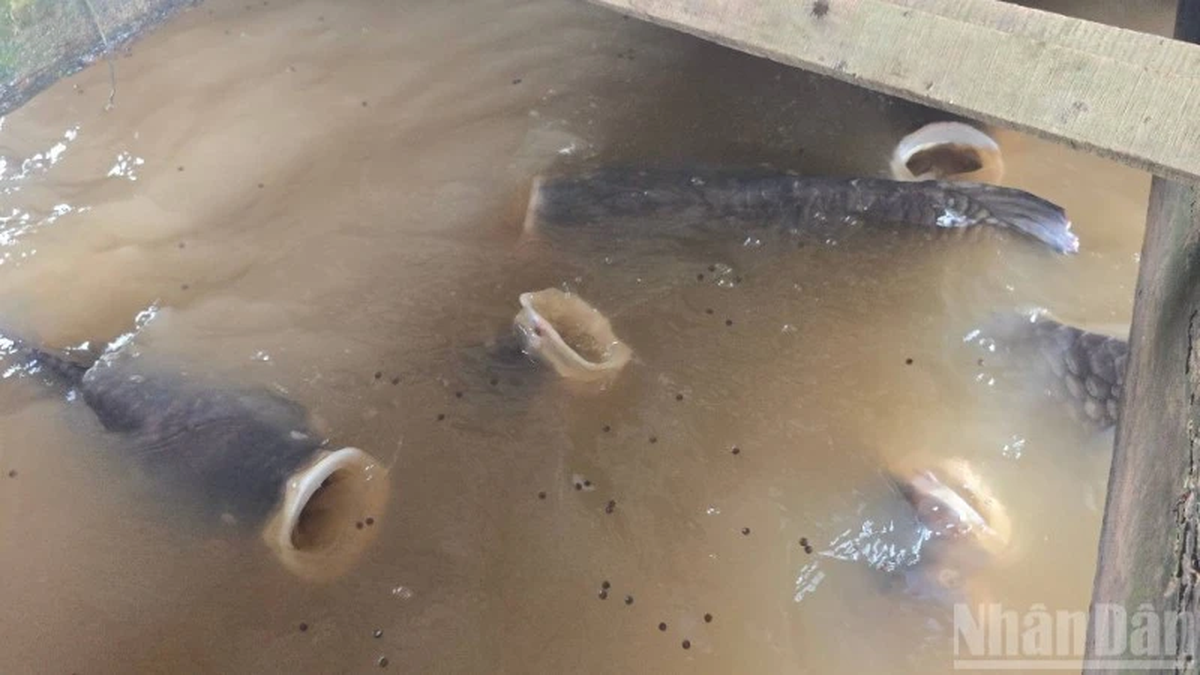

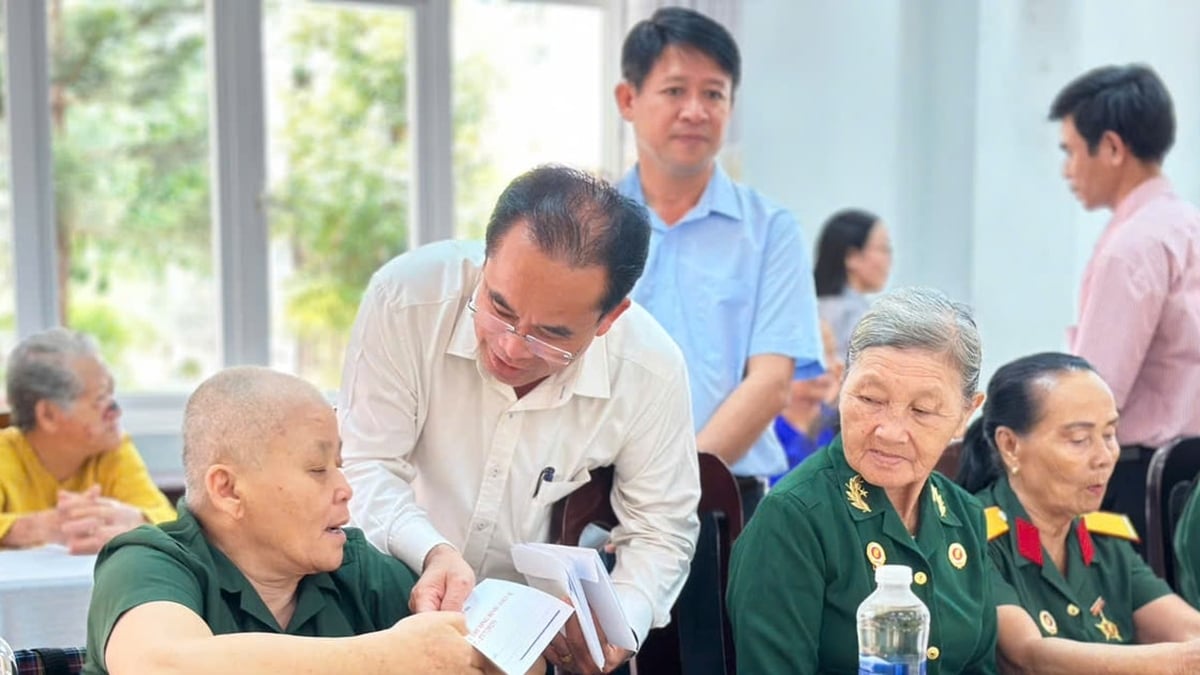


















![[Photo] National Assembly Chairman Tran Thanh Man visits Vietnamese Heroic Mother Ta Thi Tran](https://vphoto.vietnam.vn/thumb/1200x675/vietnam/resource/IMAGE/2025/7/20/765c0bd057dd44ad83ab89fe0255b783)

































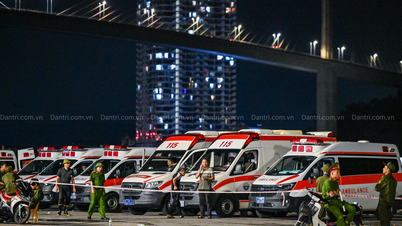
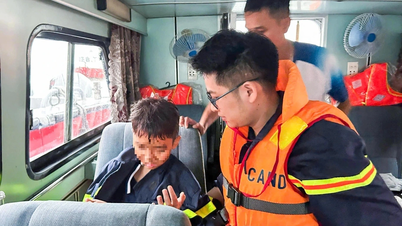





































Comment (0)